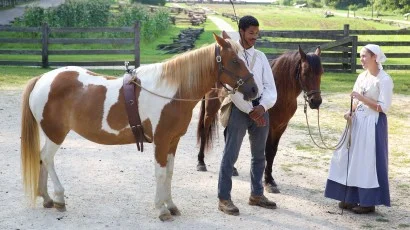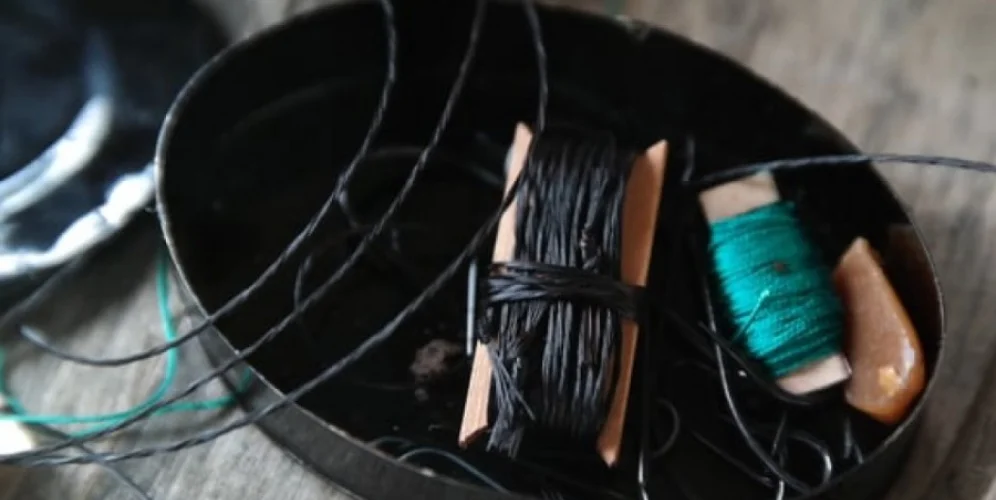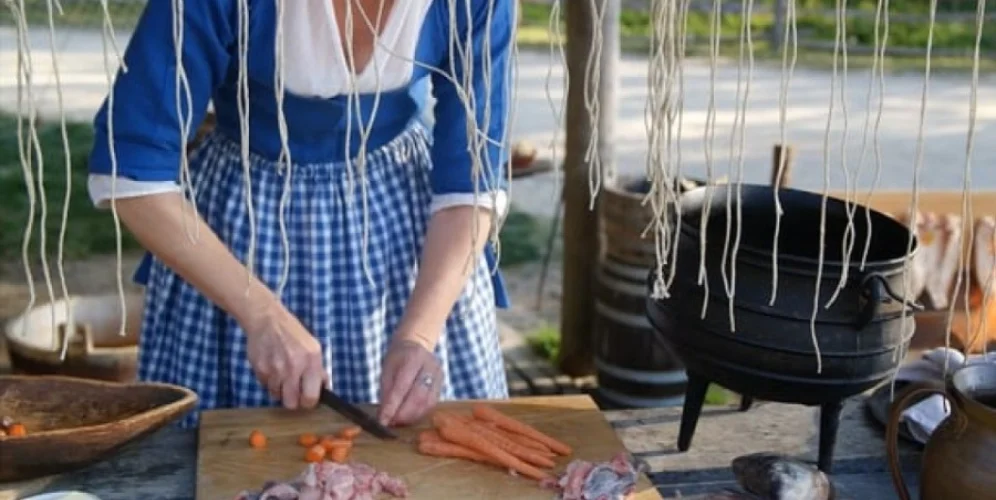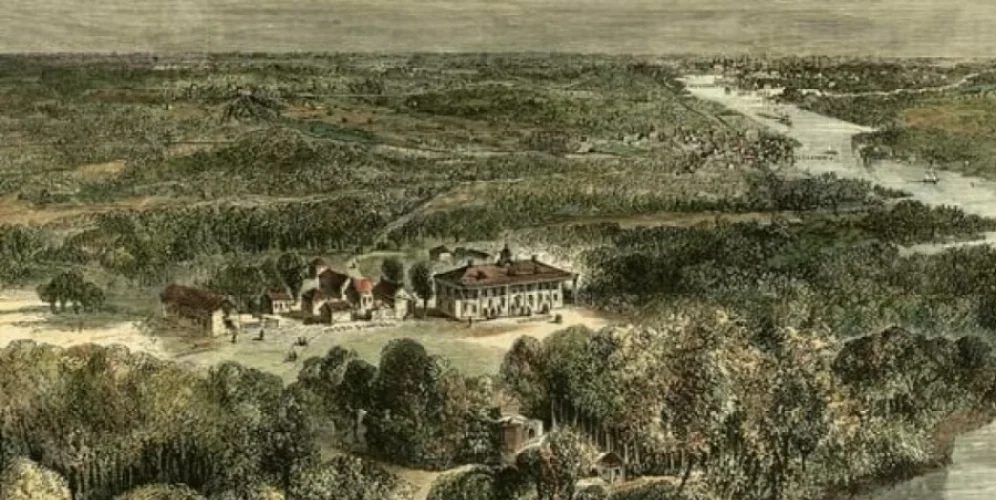The three fisheries along the Potomac River reflect Washington’s entrepreneurial spirit. For almost 40 years, these fishing operations brought in food for his enslaved and paid workers, and by selling the surplus, provided additional profits for his estate.
Each spring, when fish began running past Mount Vernon's ten-mile shoreline, enslaved workers, overseers, and indentured servants dropped everything and headed to the river to haul in and process more than a million fish, in a matter of weeks.
The fish were sorted, gutted, cleaned and salted before being packed into barrels for storage and shipping. Refuse from the fish were loaded onto wagons and hauled to Washington’s fields to be worked into the soil as fertilizer. Various domestic activities, including cooking, provided for the needs of enslaved workers housed at the fisheries as they toiled around the clock while the fish were running.
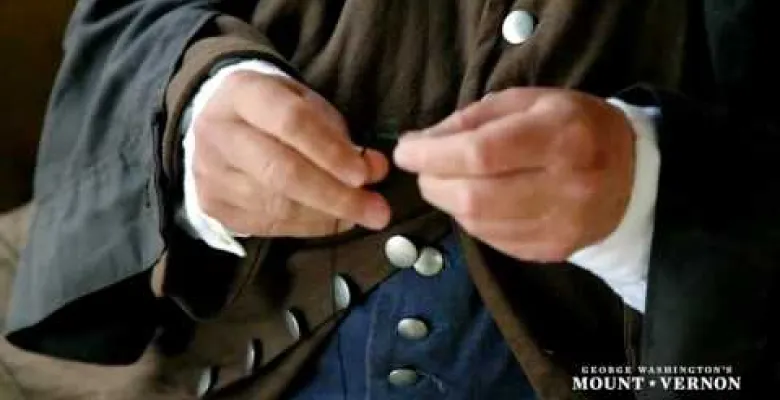
Colonial Angling
Paul Jones, Historic Angling Expert and Fisherman, replicates George Washington's fly fishing kit.
Watch The Video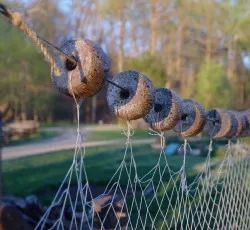
Fishing Operations at Mount Vernon
No occupation was more satisfying to George Washington than farming, but no plantation activity was more lucrative than fishing.
Learn more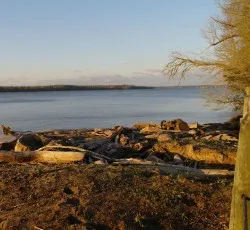
A History of Fishing in the Potomac River
The borders of the Mount Vernon were washed by more than 10 miles of tidewater. The whole Potomac River shore, in fact, was one entire fishery.
Learn more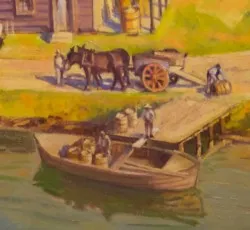
Washington's Fleet
Although the fishing boats on the estate saw the most action during the spring, Washington maintained quite a fleet of watercraft for a variety of purposes.
Learn more"This River…is well supplied with various kinds of fish at all Seasons of the year…the whole shore in short is one entire fishery."
George Washington to Arthur Young, December 12, 1793
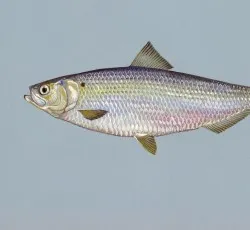
Salt Preservation
The most significant problem in the emerging fishing industry was the fact that the peak season for harvesting occurred in a very, very short period of time.
Learn more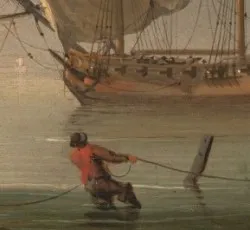
Young Washington at Sea
George Washington expressed a desire to enter service in the British Royal Navy. For this, he needed permission from his mother (some things never change).
Learn more